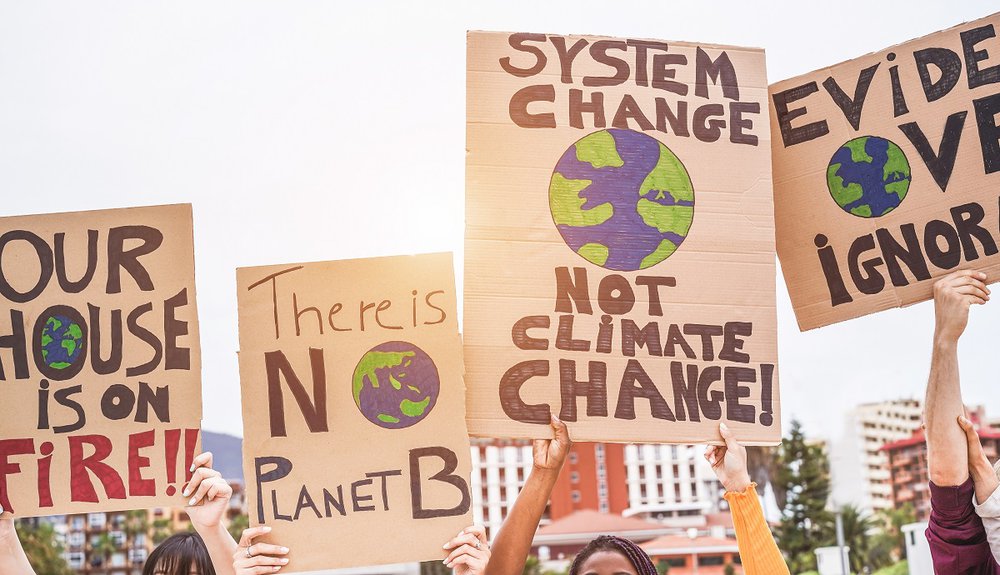Question Your World: How Will Virginia Approach Climate Change?
Recently, marches and rallies took place around the globe to implore world leaders to act on climate change. Teenager and recent climate action wunderkind, Greta Thunberg, has been making a lot of news lately through her school strikes and by asking nations, cities, and individuals to explore the many options which could greatly decrease the amount of climate-warming carbon put into the atmosphere. This is a global issue that absolutely has local impacts. So let's look at what role we here in Virginia will play moving forward. How will Virginia approach climate change?
Governor Northam recently announced a goal that lines up with what climate experts have been encouraging. The Governor’s goal is to get Virginia’s electrical infrastructure to go 100% renewable - meaning fossil-fuel free - by the year 2050. Currently only 7% of our electricity comes from renewable sources which means we’ve got a whole 93% to go to make the goal over the next thirty-one years.
How do we get there? One step at a time, of course. This large goal has been broken down into a few smaller milestones and deadlines. The nearest deadline is for all state government offices, like DMV, the Science Museum of Virginia and other state organizations to have 30% of their electricity coming from renewable sources by 2022, just a few years from now! Other goals and milestones have been established to help make this energy transformation possible by 2050.

Image credit: Getty Images
In related news, Dominion Energy, the state’s largest energy provider, has just announced plans to build the largest offshore wind farm in the US featuring 220 wind turbines, able to power 650K homes at their peak output. All these individual projects, long-term planning decisions, lowered costs from increased demand, and statewide infrastructural upgrades coming online over time would add up to our state’s electricity being provided by renewable sources by 2050.
While getting our electricity to go renewable is a great goal, there are still a lot of other industries and emissions to address. For example, Virginia’s transportation sector - and car-centric lifestyle - is responsible for nearly half of our state’s carbon emissions. Richmond and Miami have about the same amount of solar potential, making solar a residential and commercial viability. Nuclear power and hydropower will likely continue to supplement our state’s energy needs moving forward.
For now though, the Commonwealth will begin to work towards the process of converting Virginia’s electricity generation to renewable sources. For the lack of a better word, all these news headlines are very power-full.
Time to harness present-day sunshine instead of fossilized sunshine!


